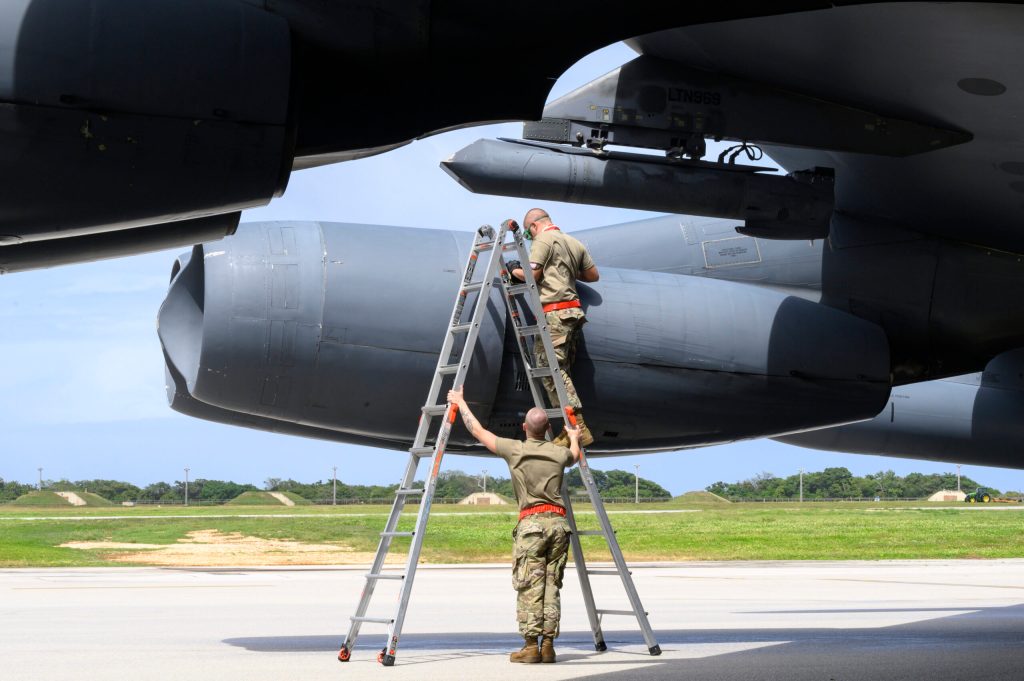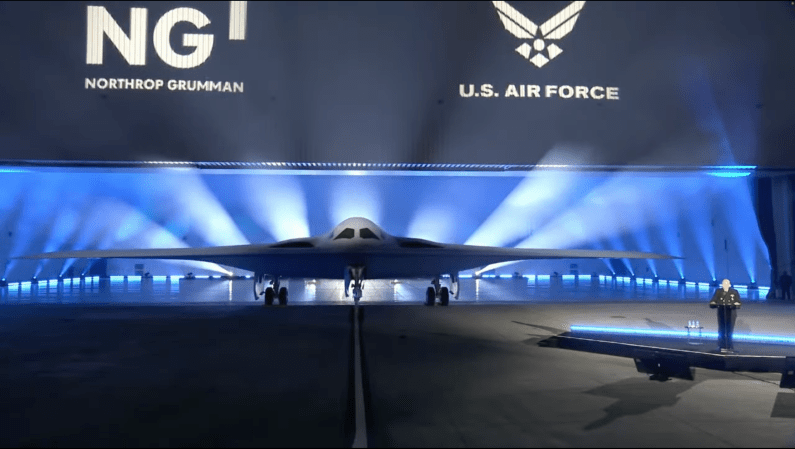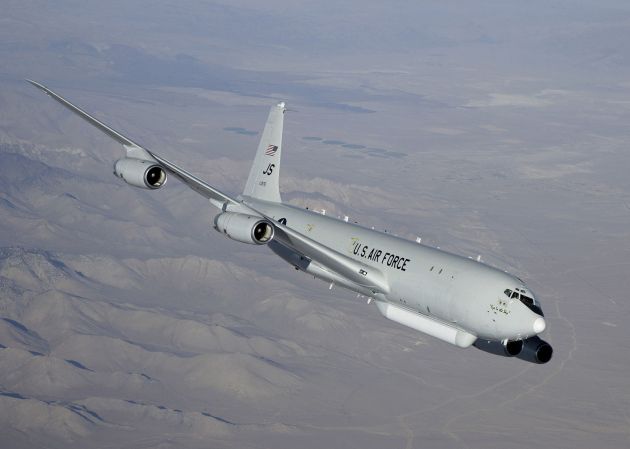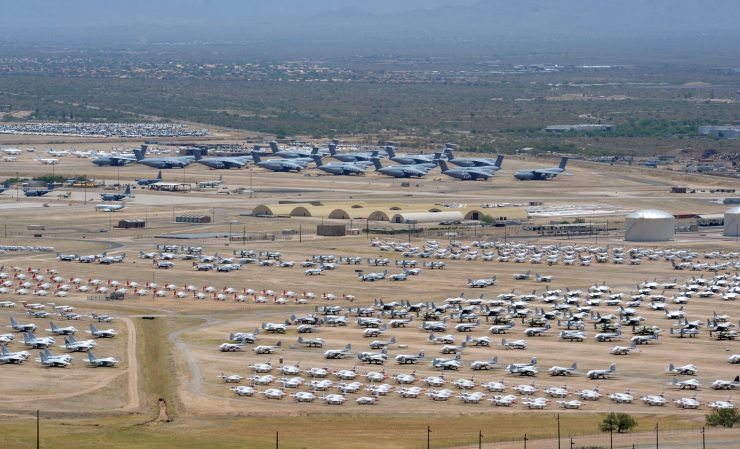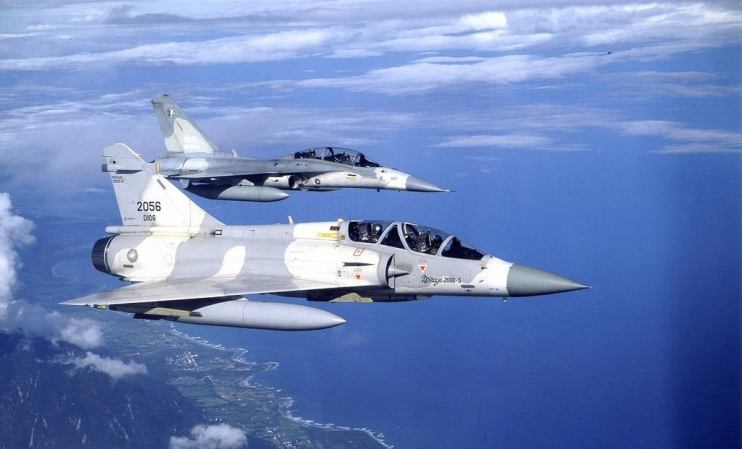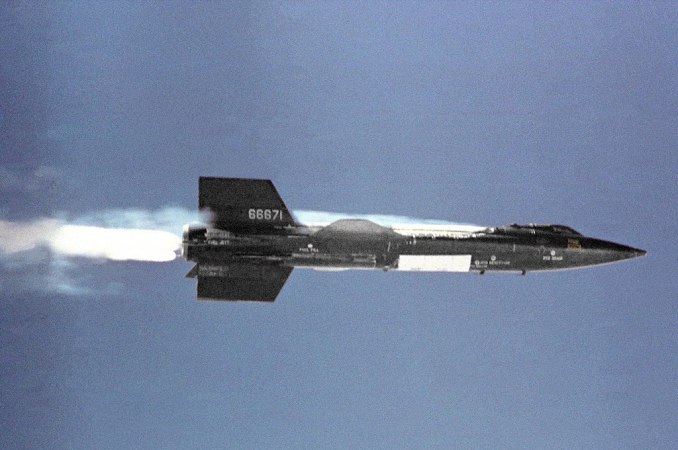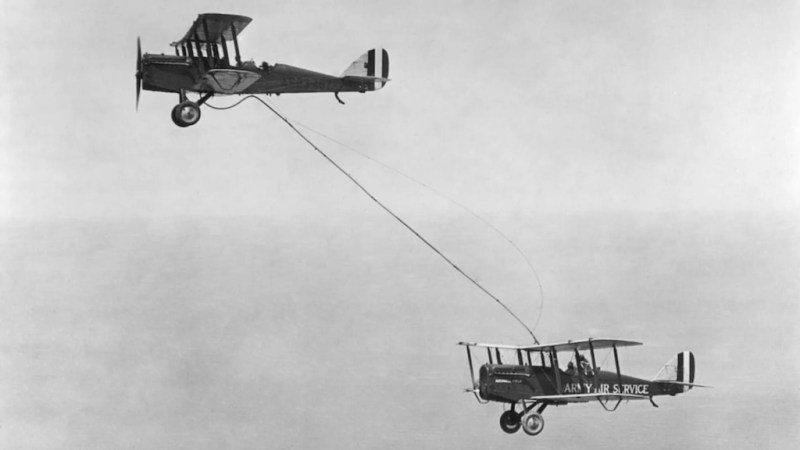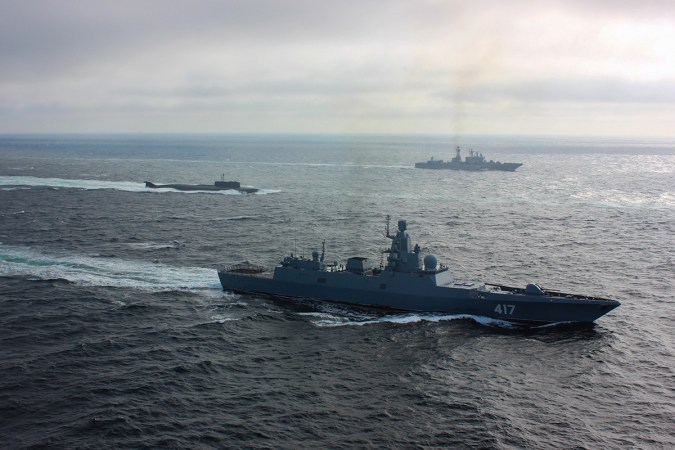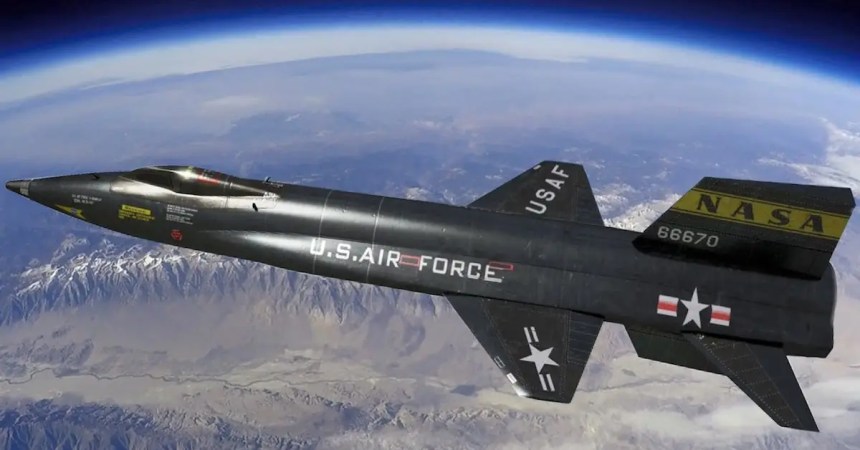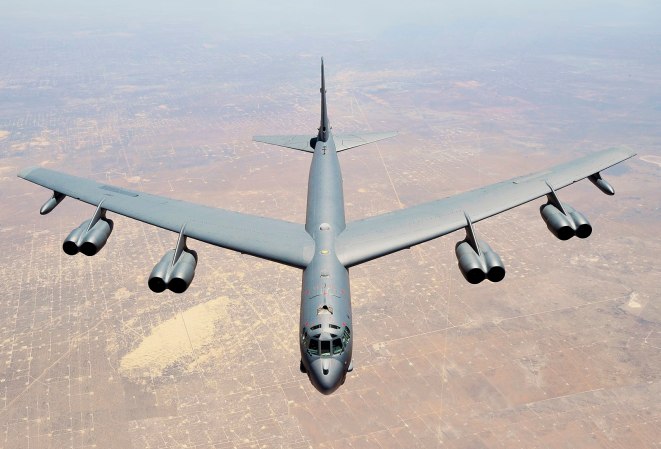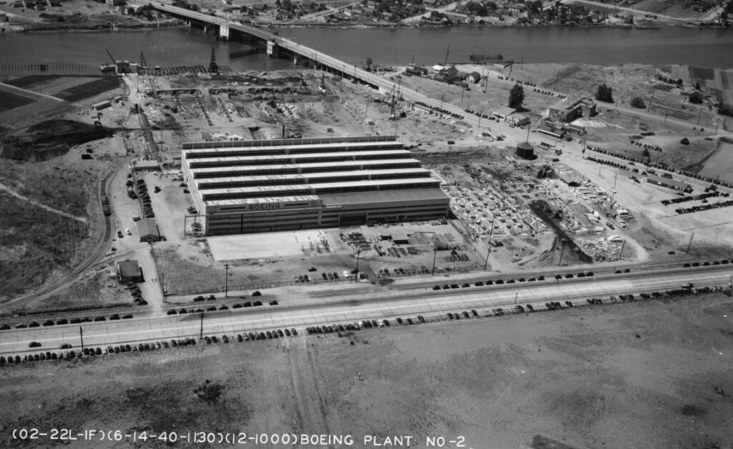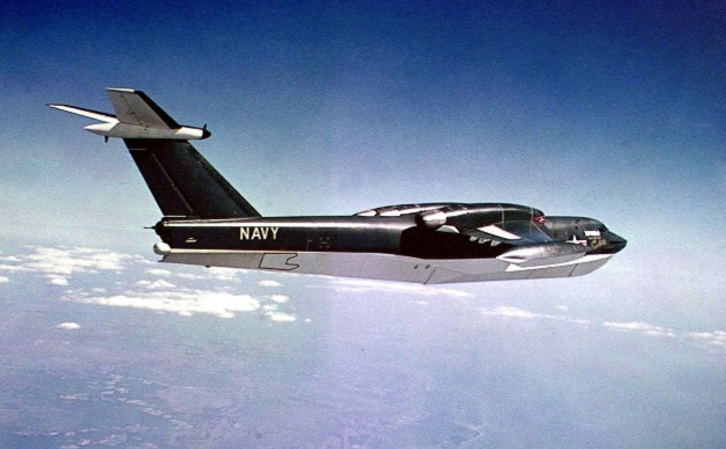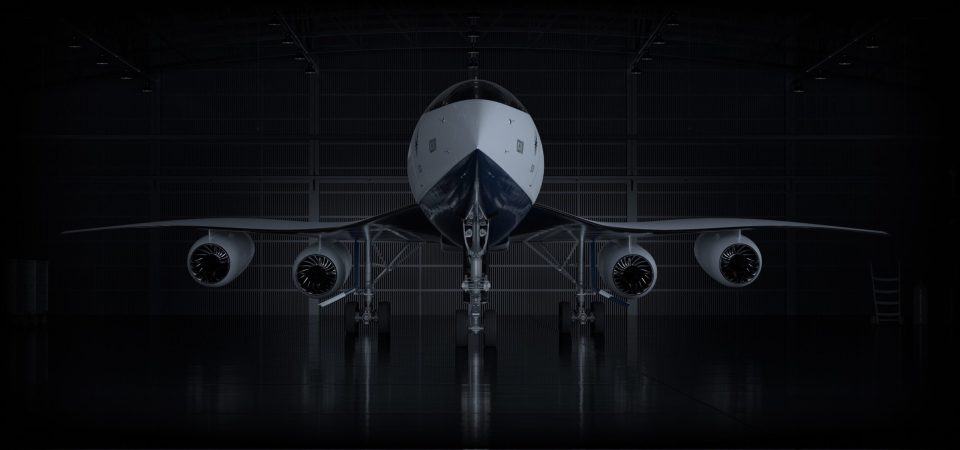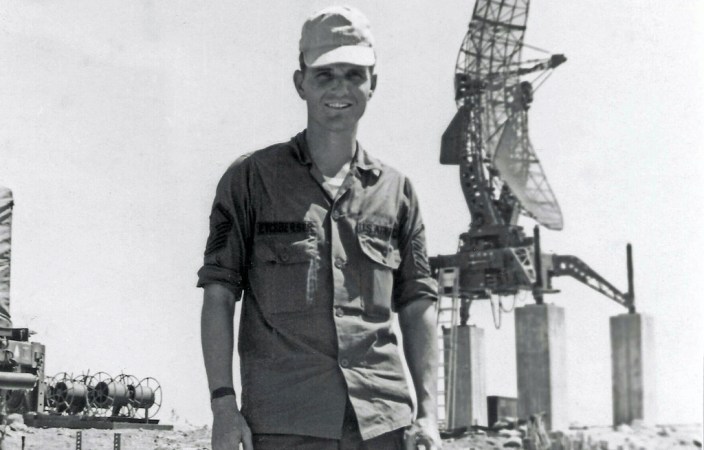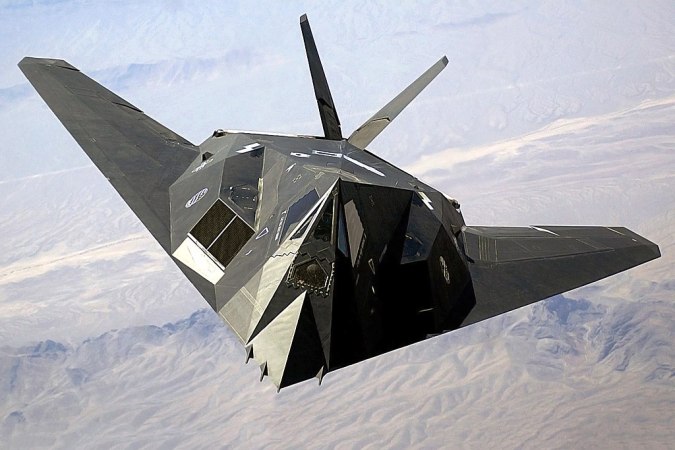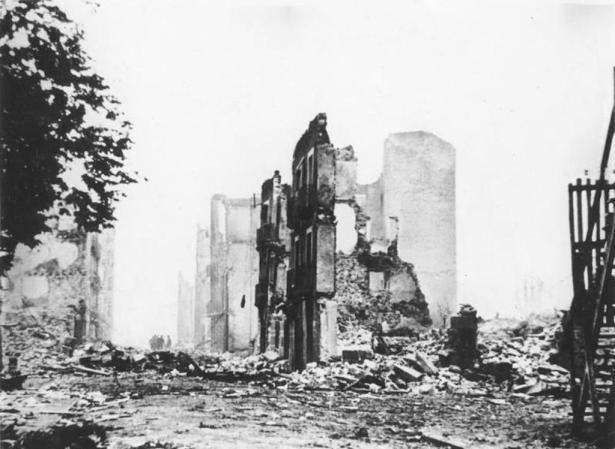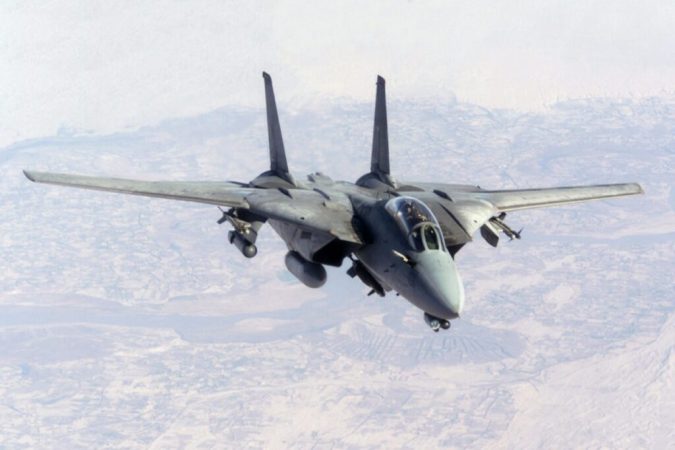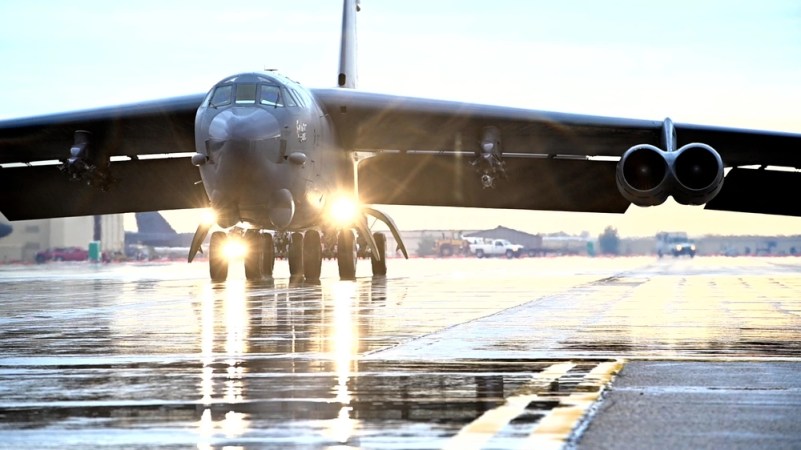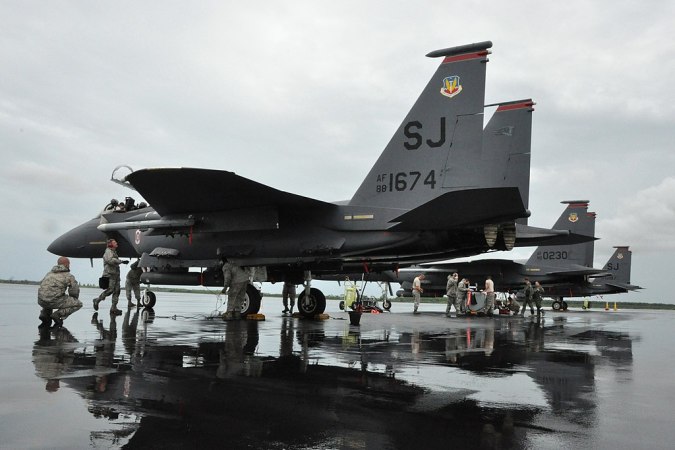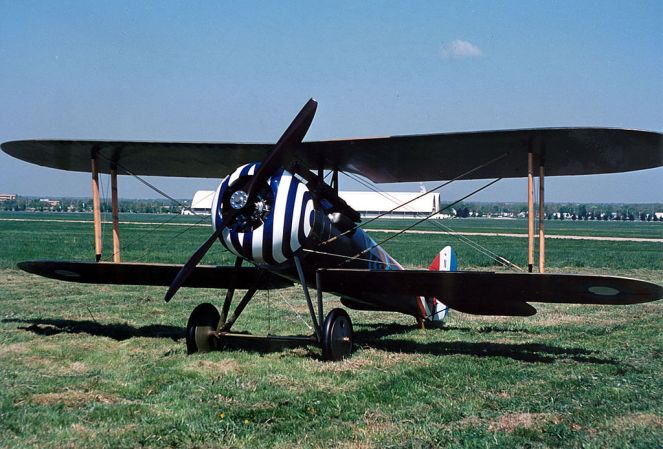The Boeing B-52 Stratofortress Bomber is a modern marvel of engineering. It’s so good, the United States Air Force has kept it around for more than 70 years. In that time, the airframes have undergone several revisions and upgrades and have outlasted other airplane types, the Strategic Air Command for which it was built, and even the Cold War itself.
Its superior performance and low operating costs were the primary reason it was never superseded, even by aircraft that were designed to replace the B-52. These included the B-1 Lancer, the B-2 Spirit stealth bomber, and even faster, supersonic bombers like the B-58 Hustler.
This kind of dependability and reliability is rare, especially in today’s ever-evolving military and national security environment. It makes one wonder if the B-52 is so great, why doesn’t the Air Force just build new B-52s, instead of upgrading these old aircraft? The reason is not because of what the military builds, it’s more of how it’s manufactured.
When the U.S. military builds a new aircraft, it typically produces hundreds of them, otherwise what would be the point of tooling up an entire factory for its construction. It doesn’t make a lot of economic sense to lay out an entire manufacturing process just to build one airframe, then retool the factory for whatever else comes next. When the requested number of airplanes are built and spare parts are made for them, the equipment used to build them is often repurposed and the dies, molds, and casts are destroyed.
For aircraft factories, this usually means the machines are repurposed to build the next generation of aircraft. When the spare parts run out, maintainers are forced to go to the Boneyard, a military aircraft storage area near Tucson, Arizona that is currently maintained by Davis-Monthan Air Force Base. This collection of old aircraft and equipment is routinely stripped for the parts needed for aging aircraft around the world.

When the pre-manufactured parts run out and there’s nothing left in the Boneyard, that’s it. There are no more. But if the Air Force updated a system (and its parts) then new ones can be manufactured. This makes upgrading its systems much cheaper than retooling an entire factory to build new airplanes, a process which costs millions before anything even comes off the assembly line.
If the Air Force wanted to build a hundred new B-52s, then creating a manufacturing space to build them would make more economic sense than trying to frankenstein whole new ones from available spare parts. This is unlikely to happen for something like the B-52 bomber, however. The B-52 was designed to deliver conventional and nuclear payloads during the Cold War, when the main enemy was the Soviet Union. U.S. military planners not only expected to lose some B-52s, they wanted to deliver thousands of nuclear and conventional bombs across the Soviet Union and its Eastern Bloc allies.
To ensure the necessary bombs would be delivered to their targets despite operational losses, the United States and NATO needed to ensure they had hundreds of B-52 bombers available for these missions. As a result, 744 B-52 bombers were built for that reason.
Today, the Air Force is flying the B-52H and though the first B-52 was introduced in 1955, they are not the same aircraft anymore. They have plenty of life left in them, can fly further and faster than their original range, and upgrades have allowed them to use the most modern weaponry in the U.S. arsenal — and are even testing the first U.S. made hypersonic weapons. With more than enough B-52s to fulfill its global mission, they don’t need to build new ones. Not yet, anyway.

